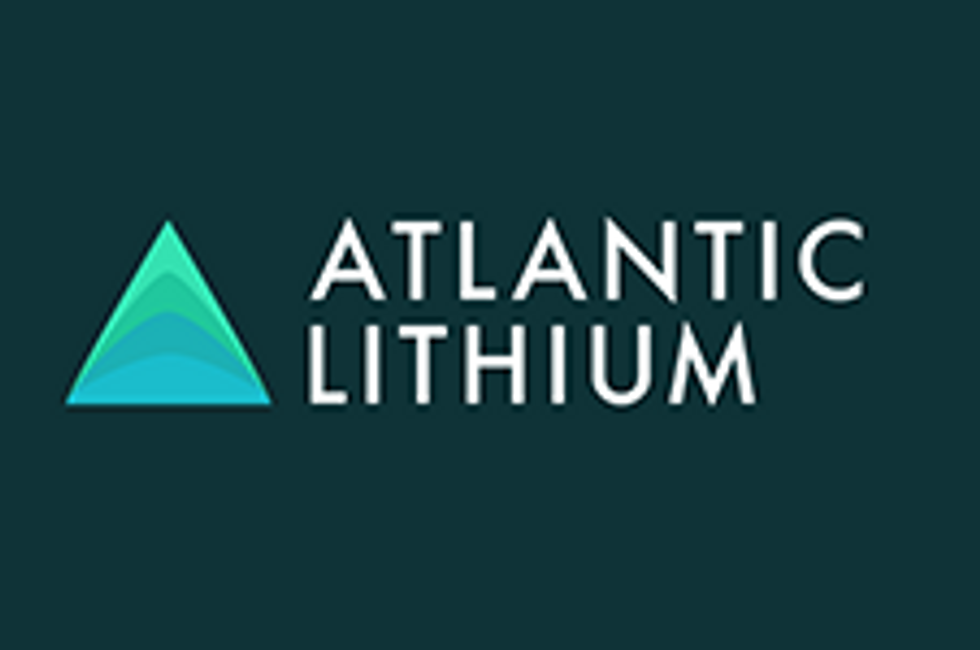As car companies ramp up production of hybrid electric vehicles, lithium-ion batteries are a top option. The increased demand could turn out to be a nice boon to lithium miners.
By Kishori Krishnan Exclusive To Lithium Investing News
It has a profitable future, given that it is smoking hot. We are talking of lithium, the soft, silvery white metal that reacts readily with water and air. Right now, investors are reacting to it. In a major way.
As car companies ramp up production of hybrid electric vehicles, lithium-ion batteries are a top option.
Moreover, GM, Toyota, Ford, BMW, Mercedes Benz and practically every other carmaker in the world are scratching and clawing for as much lithium as they can get.
The increased demand could turn out to be a nice boon to lithium miners, processors and battery manufacturers.
Reports indicate that Japan, China and Korea are trying to lock in supply deals. In a bid to keep up with demand, a lithium staking rush appears to be underway in the South American Andes.
Dozens of junior exploration firms are looking for deposits in the region, which is home to the majority of the world’s lithium supply.
According to a recent Dundee Securities report, the market for batteries, which currently represents 27 per cent of lithium demand, is expected to rise exponentially.
Larger lithium batteries are being incorporated in new products. Last year, heavy-duty machine-tool manufacturers Milwaukee, Dewalt and Bosch “introduced complete lines of tools designed around lithium-ion batteries” that are “expected to eventually replace tools using nickel cadmium batteries,” as they deliver up to 50 per cent more power, with longer running times and more charging cycles.
So, as major auto firms have already announced plans to switch from nickel cadmium to lithium-ion batteries for their future generations of hybrid electric vehicles, such uses “could create tremendous increases in demand for lithium,” analysts maintain.
Lithium’s benefits are easily understood. It is the lightest metal known and can pack respectable power in an extremely light package. It is also “green” having the ability to be recharged numerous times.
Understanding its potential, lithium-ion battery maker EnerDel is set to invest $237 million in a new manufacturing plant in Indiana, with capacity to make battery packs for up to 600,000 cars.
The firm has existing strategic partnerships with automakers like Volvo, Mazda and Nissan. Ener1 is the largest shareholder in Think, an Oslo, Norway-based electric car company that will begin making its plastic-bodied car in Elkhart, Ind, in 2011.
Waking up to lithium’s potential, Canadian car parts giant Magna International Inc made a strategic investment in a privately held lithium firm at the start of the year.
Magna chairman and founder Frank Stronach said last year that he would like to see the batteries for electric vehicles assembled in Canada.
Magna is understood to have participated in a $10.5-million equity financing by Toronto-based Lithium Americas Corp that was completed December 23.
The equity deal gives Magna the right to acquire a percentage of any lithium produced by the mining company in exchange for an interest-free loan for some of the money needed to develop the project in Argentina.
Lithium Americas is just one of scores of junior mining firms with lithium development projects that have sprouted recently to take advantage of the sudden investor interest in the commodity.
In December, the firm closed $10.5 million equity financing including investment with a second strategic investor. The company issued 7,000,000 units at a price of $1.50 per unit, for gross cash proceeds of $10.5 million, to fund exploration and development efforts at its lithium projects.
Latin American Minerals Inc retains a 17.1 per cent interest in the company.
The company hopes to produce lithium from brine lakes, which it says is cheaper than extracting the mineral from rocks.
Western Uranium, which has properties in Nevada, New Mexico and the Thelon Basin in Canada, is also poised to rake in investor interest in its lithium property.
Historical resources place estimates at around 31 million pounds of U308. Along with the uranium, at the Kings Valley project, the firm has noted a sizeable quantity of lithium.
Even Toyota has jumped on the same gravy train. Toyota Tsusho Corp, a sister company of Toyota Motor Corp, is playing both sides of the li-ion action.
By securing its own supply, (the firm is developing a lithium mine in Argentina), the auto major is positioning itself to participate way upstream in the supply chain.
And this after stating last September that it was moving away from li-ion technology. Four months later, bungee jumping to the other side of the fence, it has decided to cosy up again to lithium batteries.
Partnerships, like the one struck by Toyota, are aimed at controlling the supply chain, introducing more players and increasing competition with the goal of lowering the price of lithium for those who expect sizeable demand in the future.
For, there are few commercially viable sources and even fewer players in the emerging market. Chile’s SQM; Chemetall, a division of Rockwood Holdings Inc, and FMC Corp are the biggest producers of the mineral, which is principally mined in Chile, Argentina, Australia, and China.
And if Toyota has gained a lead, can GM be far behind?
General Motors Co unveiled plans to launch a plug-in SUV for its Buick brand in 2011, its latest move away from gas-guzzling vehicles.
The Buick plug-in will use some of the same technology GM is developing for the Chevrolet Volt. It will be powered by next-generation lithium-ion batteries to be built by South Korea’s LG Chem and its Compact Power unit, based in Troy, Michigan.
LG Chem is also supplying lithium-ion batteries for the Volt, one of the most eagerly awaited GM vehicles.






